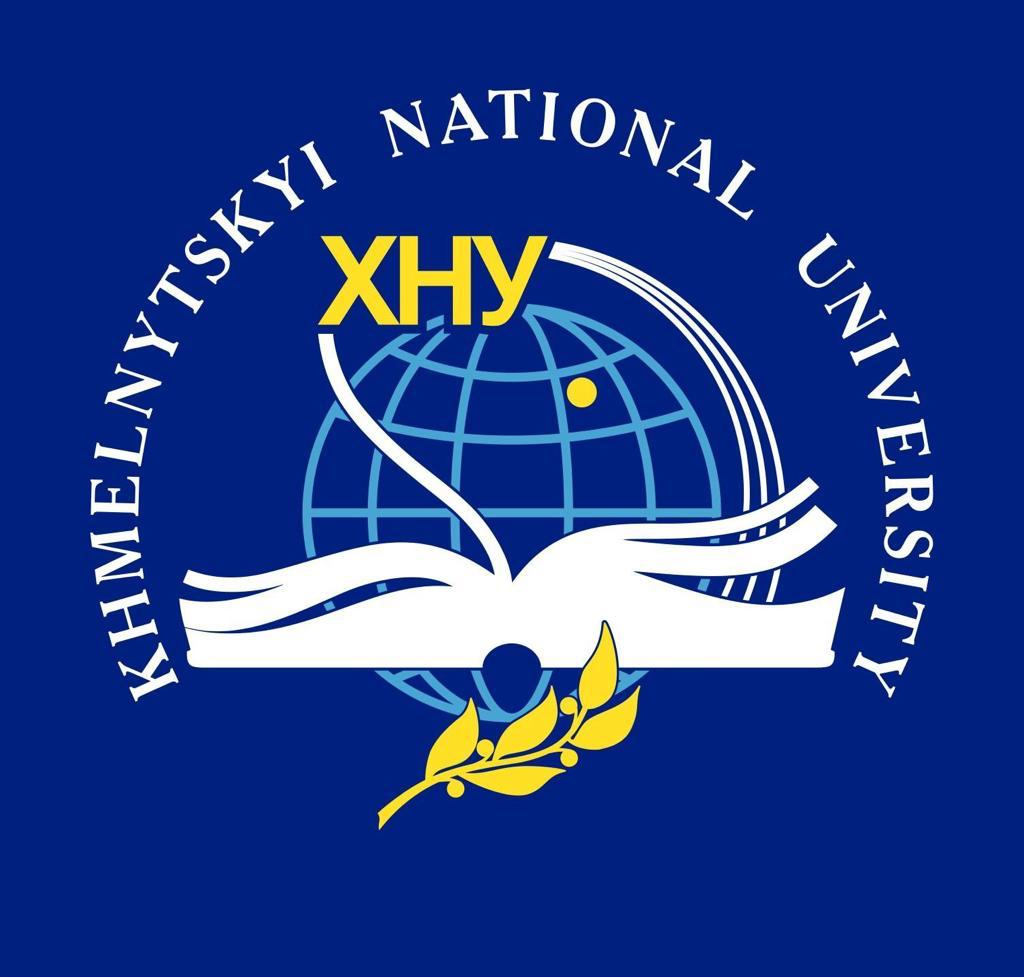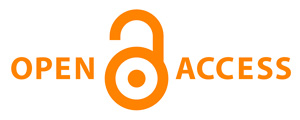MODERN TECHNOLOGIES IN BIOMECHANICAL CONTROL IN PHYSICAL EDUCATION AND SPORTS
DOI:
https://doi.org/10.31891/pcs.2025.1(1).95Keywords:
biomechanical control, inertial sensors, artificial intelligence, training process optimization, injury prevention, motor activity, kinematic analysisAbstract
The article examines modern approaches to biomechanical control in physical education and sports, based on the use of advanced technologies, including video analysis, electromyography, inertial sensors, and artificial intelligence. The refinement of methodological foundations for biomechanical control not only enhances the effectiveness of the training process through a detailed analysis of kinematic and dynamic parameters of motor activity but also contributes to reducing sports injuries by identifying critical loads, optimizing technical movement components, and providing personalized correction of individual biomechanical characteristics. The relevance of implementing these technologies for improving the efficiency of the training process, optimizing athletes' technical preparation, and reducing injury risks has been established. A scientific analysis of the application of video analysis systems (Dartfish, Kinovea, Vicon Motion Systems), force platforms (Kistler, AMTI, Bertec), and electromyographic complexes (Delsys, Noraxon, BTS Bioengineering) has been conducted, allowing for the precise assessment of movement mechanics, load distribution, and muscle activity levels during physical exercises. Special attention is given to the prospects of using inertial sensors (Xsens, Moticon, STT Systems) for contactless analysis of motor activity in field research conditions. The role of artificial intelligence in sports biomechanics is examined, particularly the potential applications of OpenPose, AI Motion Analysis, and Google DeepMind for automated movement technique analysis. These tools have been shown to contribute to the personalization of training programs, the correction of technical errors in real time, and the overall improvement of physical performance. The study aims to identify the most effective methods for applying video analysis, electromyography, inertial sensors, and artificial intelligence in sports biomechanics. The use of modern technologies in biomechanical control significantly enhances the quality of the training process, improves athletic performance, and reduces injury incidence. The further evolution and comprehensive integration of these methods create prerequisites for an in-depth scientific analysis of the biomechanical aspects of motor activity, contribute to the development of high-tech control and performance prediction algorithms, and ensure scientifically grounded optimization of training programs, taking into account individual morphofunctional and adaptive characteristics. The obtained results will contribute to the advancement of scientific and methodological approaches to the use of biomechanical control in sports and physical education. Future research prospects are associated with the integration of multisensory platforms, the development of adaptive rehabilitation technologies, and the creation of automated systems for monitoring motor characteristics.
References
Antonyuk O., Pavlyuk O., Chopyk T., Tostanovsʹkyy YA., & Kydanchuk, M. (2024). Zakordonnyy dosvid vykorystannya informatsiynykh tekhnolohiy u fizychnomu vykhovanni, sporti ta fitnesi [Foreign experience in the use of information technologies in physical education, sports and fitness]. Physical culture and sport: scientific perspective, 2, 66-73. [in Ukrainian]
Bobrovnyk V. I., & Sovenko S. P. (2024). Eksperymentalʹna perevirka efektyvnosti bahatofunktsionalʹnykh biomekhanichnykh modeley osnovnykh elementiv tekhnichnykh diy lehkoatletiv, yaki spetsializuyutʹsya u sportyvniy khodʹbi, u protsesi tekhnichnoyi pidhotovky [Experimental verification of the effectiveness of multifunctional biomechanical models of the main elements of technical actions of track and field athletes specializing in sports walking, in the process of technical training]. Naukovyy chasopys Ukrayinsʹkoho derzhavnoho universytetu imeni Mykhayla Drahomanova. Seriya 15 : Naukovo-pedahohichni problemy fizychnoyi kulʹtury (fizychna kulʹtura i sport) : zb. naukovykh pratsʹ / Za red. O. V. Tymoshenka. Kyyiv : Vyd-vo UDU imeni Mykhayla Drahomanova, 10 (183), 46-60. [in Ukrainian]
Zhula L., Zhula V., & Loshakova H. (2024). Vykorystannya metodiv biomekhanichnoho kontrolyu v pidhotovtsi voleybolistok ihrovoho amplua libero [The use of biomechanical control methods in the training of volleyball players of the libero role]. Visnyk Natsionalʹnoho universytetu" Chernihivsʹkyy kolehium" imeni TH Shevchenka, 181(25), 38-42.
Ivchenko V., Kashuba V., Lytvynenko YU., Yarmolynsʹkyy L., & Nykytyuk R. (2024). Praktychnyy aspekt realizatsiyi biomekhanichnoho analizu u sporti [Practical aspect of implementing biomechanical analysis in sports]. Physical culture sports and health of the nation, 17 (36)), 209-220. [in Ukrainian]
Lysenchuk H., Tyshchenko V. (2020). Tekhnolohiyi kontrolyu tekhniko-taktychnoyi pidhotovlenosti v futboli [Technologies for controlling technical and tactical readiness in football]. Nauka v olympyyskom sporte. Kyyiv : Olimpiysʹka lit-ra, 1, 48-52. [in Ukrainian]
Pryshlyak V. M., Nekrasov H. H., Tsap I. H. (2024). Rolʹ innovatsiy u rozvytku suchasnykh sportyvnykh ihor ta yikh vplyv na fizychnu aktyvnistʹ i sportyvni dosyahnennya [The role of innovations in the development of modern sports games and their impact on physical activity and sports achievements]. Naukovyy chasopys Ukrayinsʹkoho derzhavnoho universytetu imeni Mykhayla Drahomanova. Seriya 15 : Naukovo-pedahohichni problemy fizychnoyi kulʹtury (fizychna kulʹtura i sport) : zb. naukovykh pratsʹ / Za red. O. V. Tymoshenka. Kyyiv : Vyd-vo UDU imeni Mykhayla Drahomanova, 8 (181), 209-213. [in Ukrainian]
Sovenko S. P. (2024). Metodolohiya tekhnichnoyi pidhotovky lehkoatletiv, yaki spetsializuyutʹsya u sportyvniy khodʹbi, u systemi bahatorichnoho udoskonalennya [Methodology of technical training of track and field athletes specializing in sports walking, in the system of long-term improvement]. Naukovyy chasopys Ukrayinsʹkoho derzhavnoho universytetu imeni Mykhayla Drahomanova. Seriya 15 : Naukovo-pedahohichni problemy fizychnoyi kulʹtury (fizychna kulʹtura i sport) : zb. naukovykh pratsʹ / Za red. O. V. Tymoshenka. Kyyiv : Vyd-vo UDU imeni Mykhayla Drahomanova, 12 (185), 179-188. [in Ukrainian]
Tyshchenko V., Omelʹyanenko H., Kryukov YU., Yakovchenko A. (2022). Pidvyshchennya efektyvnosti protsesu fizychnoho vykhovannya shkolyariv suchasnymy fitnes-tekhnolohiyamy [Increasing the efficiency of the process of physical education of schoolchildren using modern fitness technologies]. Fizychne vykhovannya ta sport, 1, 36-41. [in Ukrainian]
Boujdi, R., Rouani, A., Elouakfaoui, A., Lamri, D., & Ibrahimi, A. (2023). The effectiveness of a physical education teaching intervention based on biomechanical modeling on anaerobic power and sprint running performance of youth male students with deficit force profile. International Journal of Chemical and Biochemical Science, 24, 423-434.
Dupuy, A., Campbell, M. J., Harrison, A. J., & Toth, A. J. (2024). On the necessity for biomechanics research in esports. Sports Biomechanics, 1-13.
Gou, X., & Xiong, W. (2025). Research on the application of sports biomechanics in optimizing the effect of physical training. Molecular & Cellular Biomechanics, 22(2).
Helmi, B., Hidayah, T., Pramono, H., Hartono, M., & Iskandar, T. (2024). Using a Biomechanical Analysis Approach to the Accuracy of Shooting Throws in Petanque Sport: Literature Review. Physical Education Theory and Methodology, 24(1), 130-135.
Jaitner, T. (2024). Sports Measurement and Information Systems and Biomechanical Feedback Training. In Sports Technology: Technologies, Fields of Application, Sports Equipment and Materials for Sport (pp. 141-149). Berlin, Heidelberg: Springer Berlin Heidelberg.
Li, M. (2024). Research on the application of biomechanics analysis in optimizing physical education movement techniques. Molecular & Cellular Biomechanics, 21(3), 496-496.
Lochman V., Tyshchenko V., Tovstopiatko F., Pyptiuk P., Ivanenko S., Pozmogova N. (2021). Use of innovative technical means to increase the training process effectiveness in handball. Journal of Physical Education and Sport, (4), 1695–1704.
Ma, Q., & Huo, P. (2022). Simulation analysis of sports training process optimisation based on motion biomechanical analysis. International Journal of Nanotechnology, 19(6-11), 999-1015.
Nagorna, V., Mytko, A., Borysova, O., Potop, V., Petrenko, H., Zhyhailova, L., ... & Lorenzetti, S. (2024). Innovative technologies in sports games: A comprehensive investigation of theory and practice. Journal of Physical Education and Sport, 585-596.
Penichet-Tomas, A. (2024). Applied Biomechanics in Sports Performance, Injury Prevention, and Rehabilitation. Applied Sciences, 14(24), 11623.
Plakias, S., Tsatalas, T., Mina, M. A., Kokkotis, C., Kellis, E., & Giakas, G. (2024). A bibliometric analysis of soccer biomechanics. Applied Sciences, 14(15), 6430.
Tai, W. H., Zhang, R., & Zhao, L. (2023). Cutting-Edge Research in Sports Biomechanics: From Basic Science to Applied Technology. Bioengineering, 10(6), 668.
Vancini, R. L., Andrade, M. S., De Lira, C. A. B., & Russomano, T. (2023). Recent Advances in Biomechanics Research: Implications for Sports Performance and Injury Prevention. Health Nexus, 1(3), 7-20.
Downloads
Published
How to Cite
Issue
Section
License
Copyright (c) 2025 Валерія ТИЩЕНКО , Ольга СОКОЛОВА , Дмитро П’ЯТНИЧУК , Галина П’ЯТНИЧУК

This work is licensed under a Creative Commons Attribution 4.0 International License.





